Rolling Oaks Mall Rises: Ambitious Beginning
Rolling Oaks Mall opened in 1988, at the far reaches of northeast San Antonio, a sleek promise in the middle of pastureland.
Its developers, Melvin Simon & Associates and Homart Development Company, envisioned a grand regional shopping center rising from the flat Texas plains at Loop 1604 and Nacogdoches Road.
The project's blueprint called for five anchor stores and one smaller anchor, a sprawling, two-level structure spread across 112 acres and nearly 900,000 square feet.
The timing could not have been worse. The nation was still reeling from the 1987 stock market crash, and consumer confidence was brittle. By the time the mall opened, interest rates had cooled, but so had local optimism.
Only 40 percent of the space was leased, and the surrounding landscape, mostly farmland and half-built subdivisions, gave little hint that customers would arrive in numbers large enough to fill the atrium.
Sears and Dillard's opened their doors to wide aisles and thin crowds. For a while, Rolling Oaks was less a commercial destination than an architectural experiment waiting for company.
Still, developers insisted the growth would come. San Antonio was expanding outward, and sooner or later, its northeast corridor would catch up. They were right, but not right away.
The Mall at Death's Door
The early years were difficult enough that local papers described the property as "at death's door." San Antonio already had more than a dozen established shopping centers, many anchored by the same national retailers.
To drive twenty miles past them for an under-leased mall surrounded by mesquite and construction dust seemed a stretch even for loyal Sears cardholders.
A visitor in 1989 might have seen the familiar glass and tile gloss of late-80s mall architecture: fountains, mirrored ceilings, artificial ficus trees, but also an unnerving quiet.
Retailers hesitated to commit. Families from nearby neighborhoods drove to North Star or Ingram Park instead. Rolling Oaks Mall seemed too far out, too soon.
The late 1980s recession added to the sense of isolation. Residential construction slowed, leaving unfinished streets and half-built homes around the property.
For many San Antonians, Rolling Oaks was the mall they had heard about but never visited.
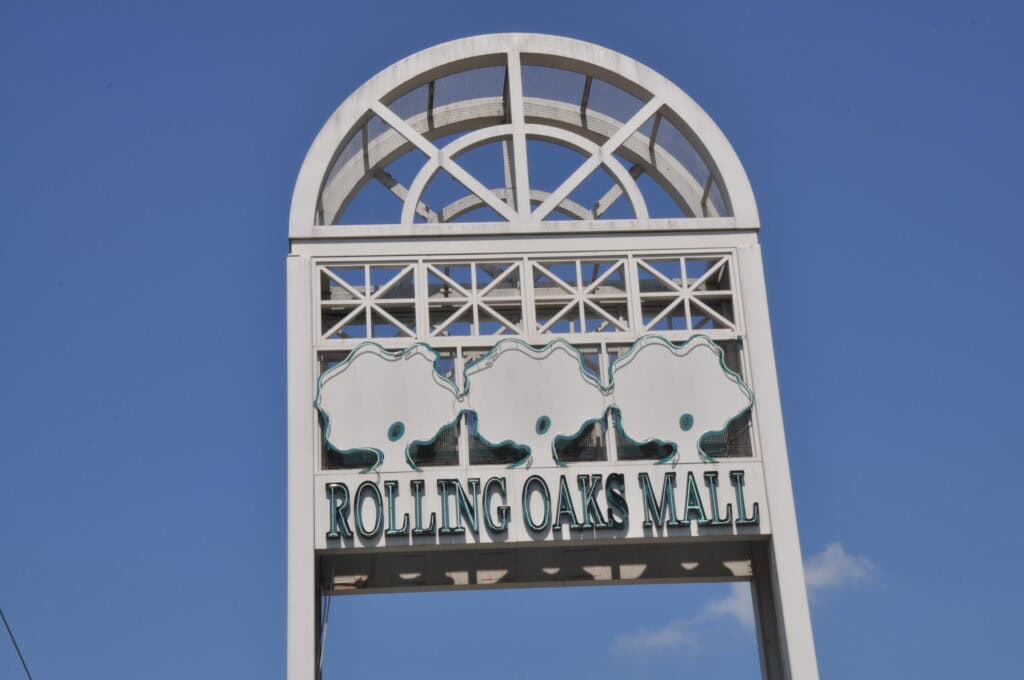
New Wings, New Hopes
By the start of the 1990s, Rolling Oaks Mall was still trying to prove it had a reason to exist. In 1991, a six-screen movie theater opened at the back of the mall.
It wasn't anything fancy: sticky floors, faint smell of butter, but it gave people one more reason to stop there instead of just driving past.
A year later, Foley's opened a big, bright store that finally made the place feel legitimate. Then Beall's came in around 1995, and for the first time, the mall felt full.
The luck didn't stick. The theater dropped to dollar movies and shut its doors in 2002. The space was turned into a skate park, then an Inflatable Wonderland, which at least filled the echo.
Beall's didn't last either. It closed in 2001, one of too many small department stores swallowed up by the big chains. Still, the mall stayed open.
The air conditioning ran, the music played, and a few loyal shoppers kept walking those long halls as if refusing to let the place die.
A Second Life in Suburbia
By the early 2000s, San Antonio's expansion reached the area surrounding Rolling Oaks Mall. New housing developments filled the open land that once left the mall standing alone on the edge of the city.
Developers moved to modernize the property and added JCPenney as a new anchor in 2004. A grand reopening was held that same year, signaling the start of a more stable era.
Rolling Oaks shifted from a remote project to a community mall serving the growing neighborhoods of northeast San Antonio.
The 2000s brought a period of calm to Rolling Oaks Mall. Families spent weekends in the food court, and teenagers lingered by the clock tower and the fountain.
Stores like American Eagle and Bath & Body Works opened, rounding out the lineup and giving the place a steady, suburban rhythm. The mall no longer felt like an experiment on the edge of town. It had settled into its role.
For nearly twenty years, not much changed. Management stuck with what worked. Dillard's ran its sales, Chick-fil-A served the same menu, and people kept coming. Predictable, comfortable, ordinary, exactly what most shoppers wanted.
A Tragedy at Kay Jewelers
In 2017, before the store closures and the pandemic, Rolling Oaks Mall made news for a reason no one wanted. On a January afternoon, two men walked into a Kay Jewelers and tried to rob it.
A shopper stepped in to stop them and was shot and killed. Another bystander, armed and licensed, returned fire and wounded one of the suspects.
The second man fled through the mall, firing as he ran, injuring several people before police caught him a few miles away.
The incident gripped San Antonio. The victim had been there with his wife to have their wedding rings cleaned.
His death led to vigils, public arguments about gun laws, and eventually a lawsuit claiming the mall had failed to post the required signs about firearms.
Both suspects were convicted: one received a life sentence plus twenty years, the other forty.
For months afterward, unease lingered. Security staff increased their visibility, and the mall carried on as usual. The memories of that day faded with time, but they never completely left.
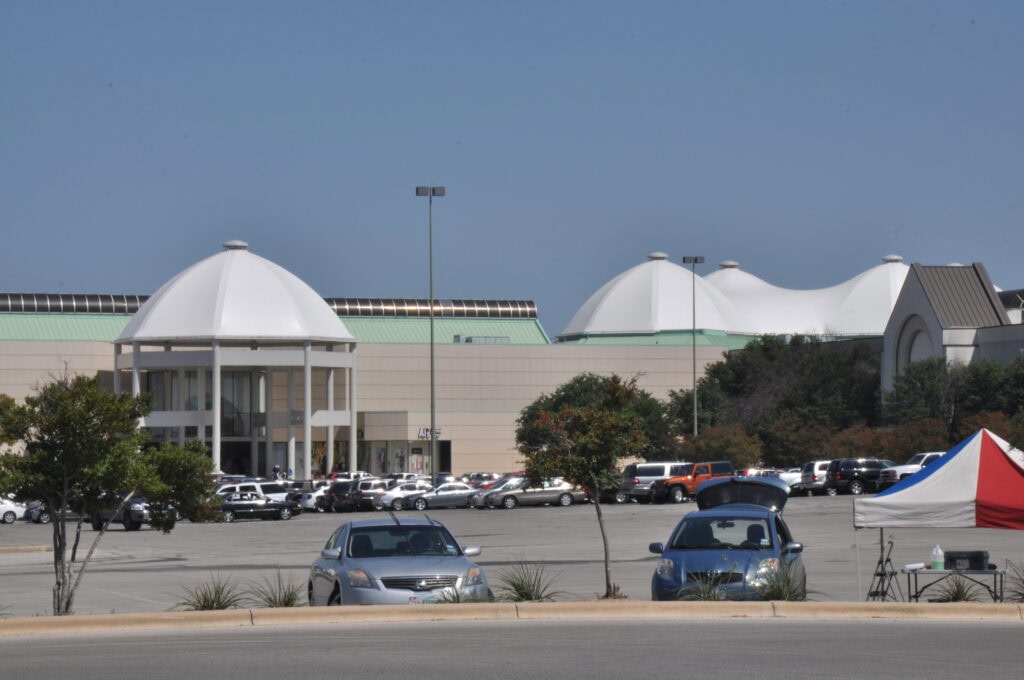
The Ownership Shuffle
Corporate ownership changed, as it often does in retail. In 2014, Simon Property Group spun off Rolling Oaks Mall, along with nearly a hundred smaller centers, into a new real estate investment trust called Washington Prime Group.
The move was part of a national trend: separating high-performing malls from the ones that needed closer financial management.
Washington Prime managed to keep Rolling Oaks Mall stable for several years, even as department stores across the country began to collapse under the weight of e-commerce and overexpansion. Then came the pandemic.
Sears, one of the mall's original anchors, closed in August 2020, ending the retailer's 92-year run in San Antonio.
A year later, Macy's, formerly Foley's, followed suit. Two enormous spaces, together representing nearly 300,000 square feet, went dark.
Within months, Washington Prime filed for Chapter 11 bankruptcy. For the second time in its history, Rolling Oaks stood on uncertain ground.
A New Owner, Old Questions
In September 2022, Rolling Oaks Mall was sold again. The buyer was Kohan Retail Investment Group, a firm based in Great Neck, New York, known for purchasing struggling malls at discounted prices.
The company paid $27.3 million for the property. Its record was mixed: some acquisitions had been revived through modest investment, while others were left to decline quietly.
Kohan's portfolio included dozens of small to midsize malls across the country, each with a different fate.
At Rolling Oaks, early indicators were cautious but stable. CEO Mike Kohan said the company was in a stronger financial position and would address maintenance needs as they arose.
Excluding the separately owned anchor stores, the mall was about 95 percent occupied. The figure surprised residents who had assumed occupancy was much lower.
By early 2023, the mall's official website carried a new label: Summit Properties USA. Summit was listed as the property's owner, and the updated branding signaled a quiet shift in control and an effort to refresh the mall's public image.
Reinvention by Necessity
Retail was fading, so Rolling Oaks had to adapt. In 2024, the empty Macy's, 150,000 square feet of dead space, was sold to Andreo Properties, a branch of Family Leisure, the patio furniture chain.
The swap from fashion to lawn chairs said everything about what shopping malls had become.
That same year, the Texas DMV moved its regional office into the mall. People came to renew licenses where they once bought shoes. It sounded odd at first, then it started to feel like common sense.
The place stayed busy in other ways. The San Antonio Folklife & Dance Festival filled the halls with music and dancers in March 2024.
December brought Joy to the World, an indoor fair with food stalls, performers, and cosplayers. Wrestling shows, RC car races, and anime conventions came next.
Rolling Oaks Mall had stopped pretending to be a mall and turned into something closer to a town square under a roof.
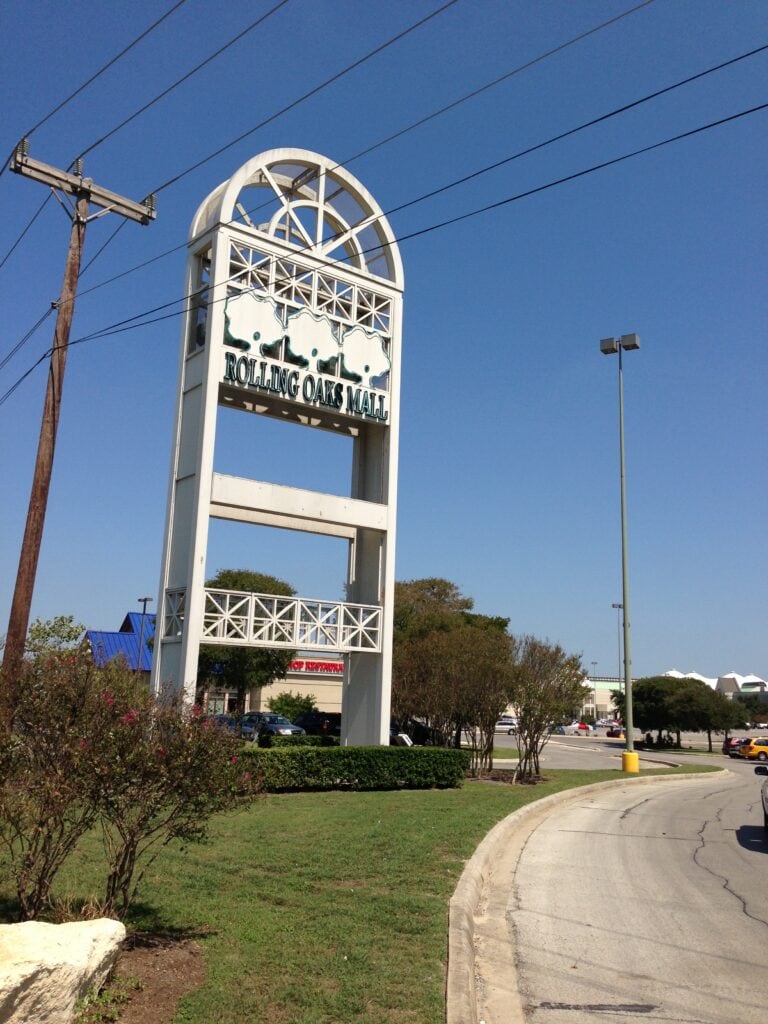
A Community in Motion
By 2025, Rolling Oaks looked a lot like the city around it: scrappy, uneven, and still alive. When summer storms flooded parts of San Antonio that June, BattlePub Games had to close for cleanup.
They reopened a few days later, posting pictures of soaked carpets and stubborn smiles.
In August, the Otaku Food Festival packed the mall with more than ten thousand people eating ramen, posing in costume, and cheering through live shows.
It wasn't the kind of success you could measure in sales. The mall had stopped being about shopping long ago.
Its worth now came from the people walking through it, not what they bought. The old mall sold choice. The new one offered something simpler, a place to be.
What Remains
Today, Rolling Oaks Mall is both relic and survivor. Dillard's and JCPenney still anchor its two main wings.
H&M holds the smaller former Beall's space. Family Leisure occupies the east end where Macy's once stood.
The air-conditioning hums steadily, the food court smells faintly of cookies and fried chicken, and the corridors echo with a mixture of nostalgia and reinvention.
The mall's resilience feels almost Texan in character: weathered, stubborn, adaptive. It has endured financial freezes, bankruptcies, tragedy, and corporate musical chairs.
What began as a misjudged gamble on the edge of town has outlasted most of its critics and many of its peers.
Its future depends less on fashion than on flexibility. If Rolling Oaks has proved anything, it's that survival in retail is not about being new, but about refusing to disappear.




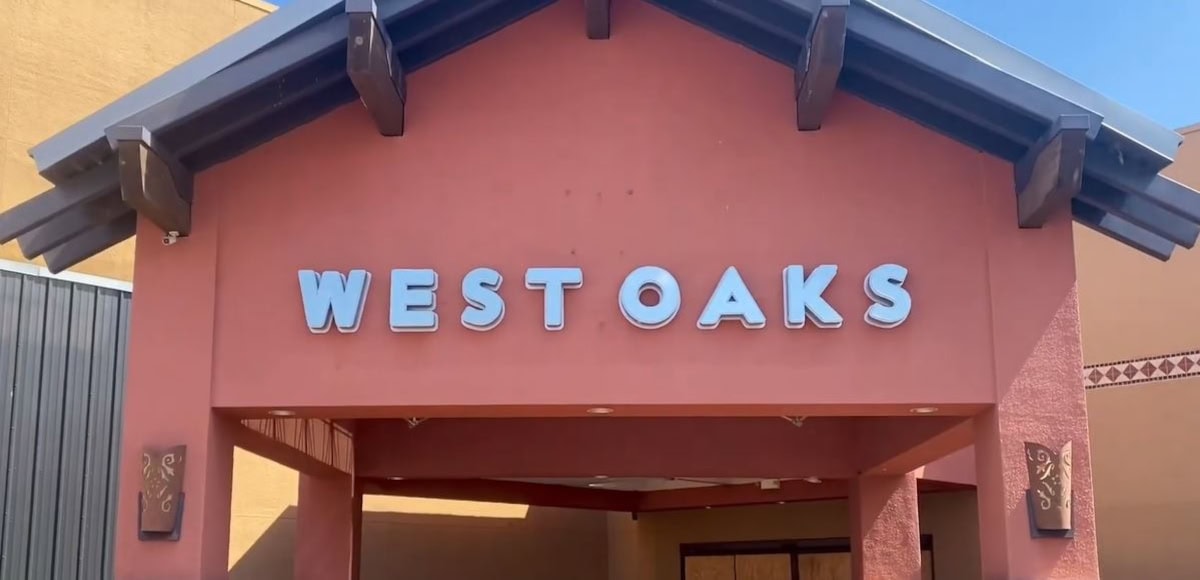
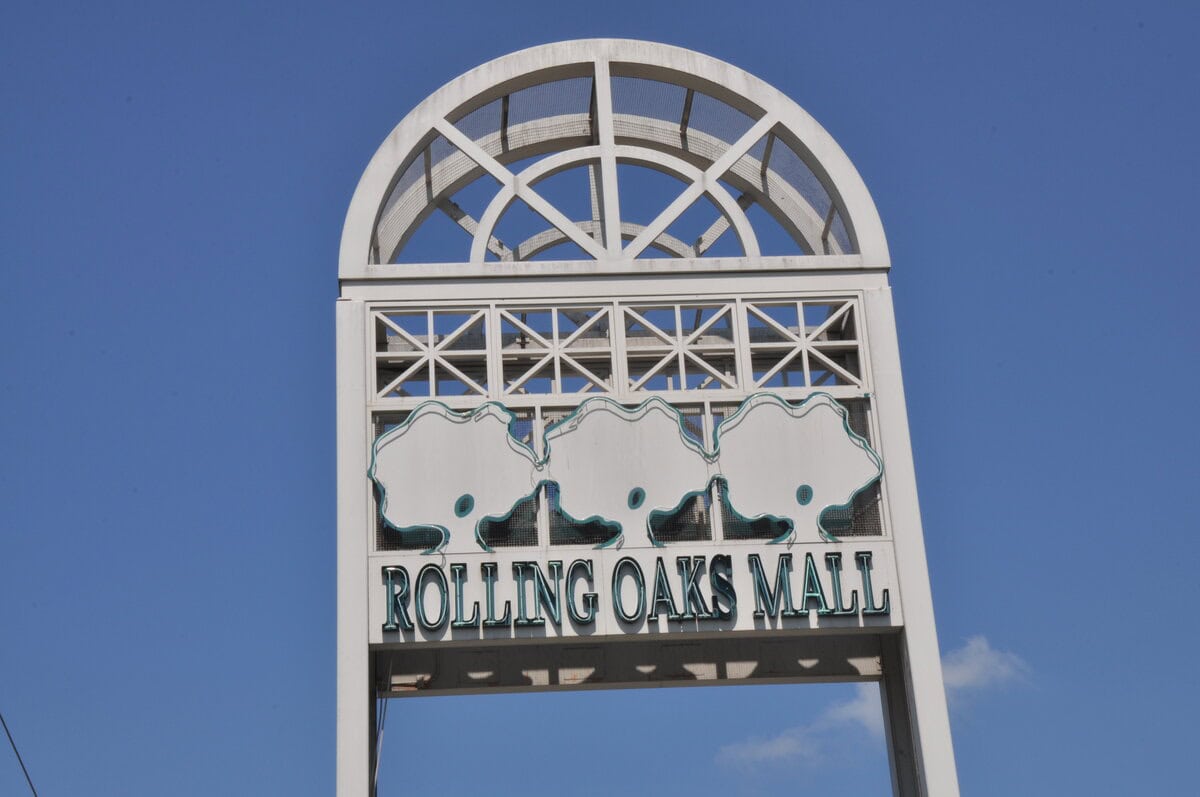
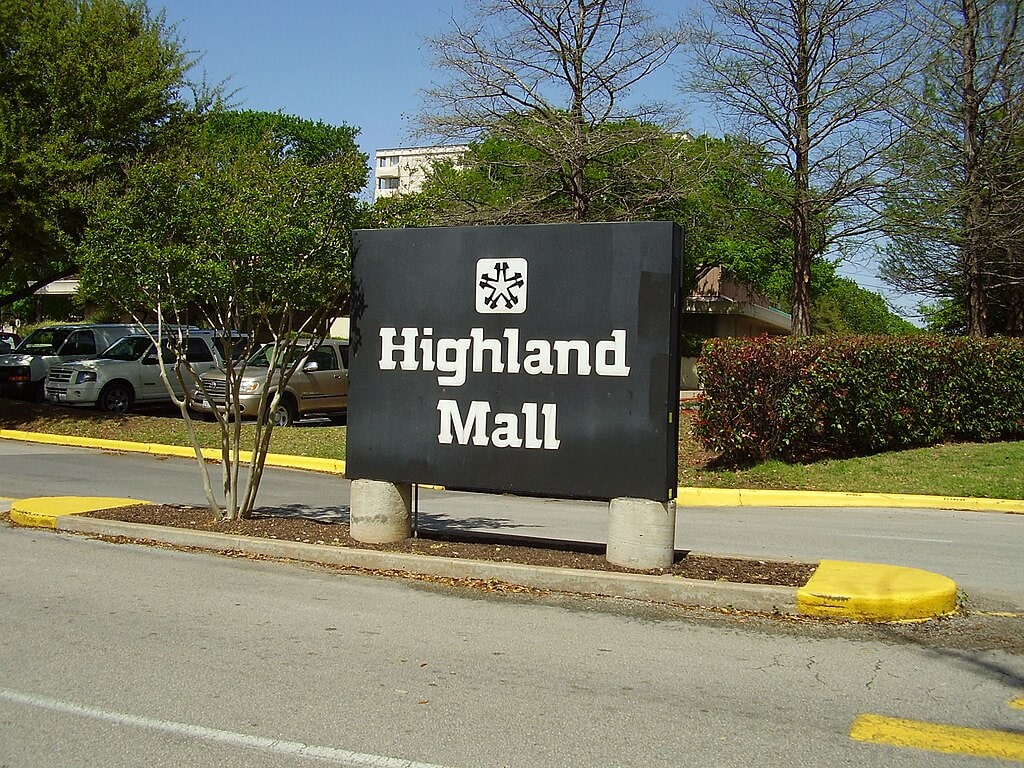

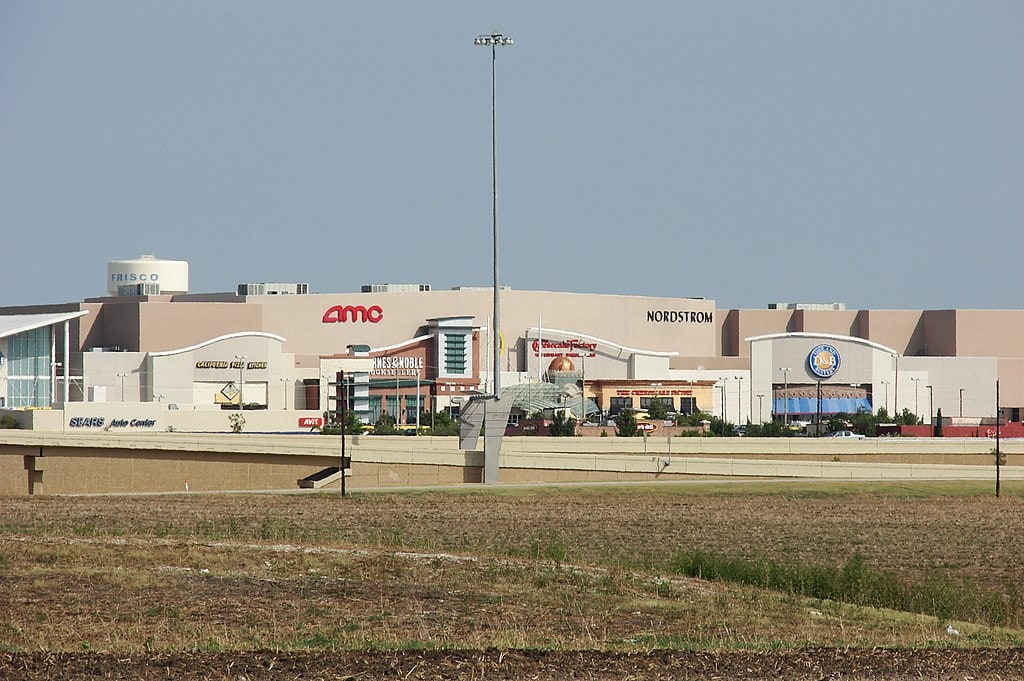


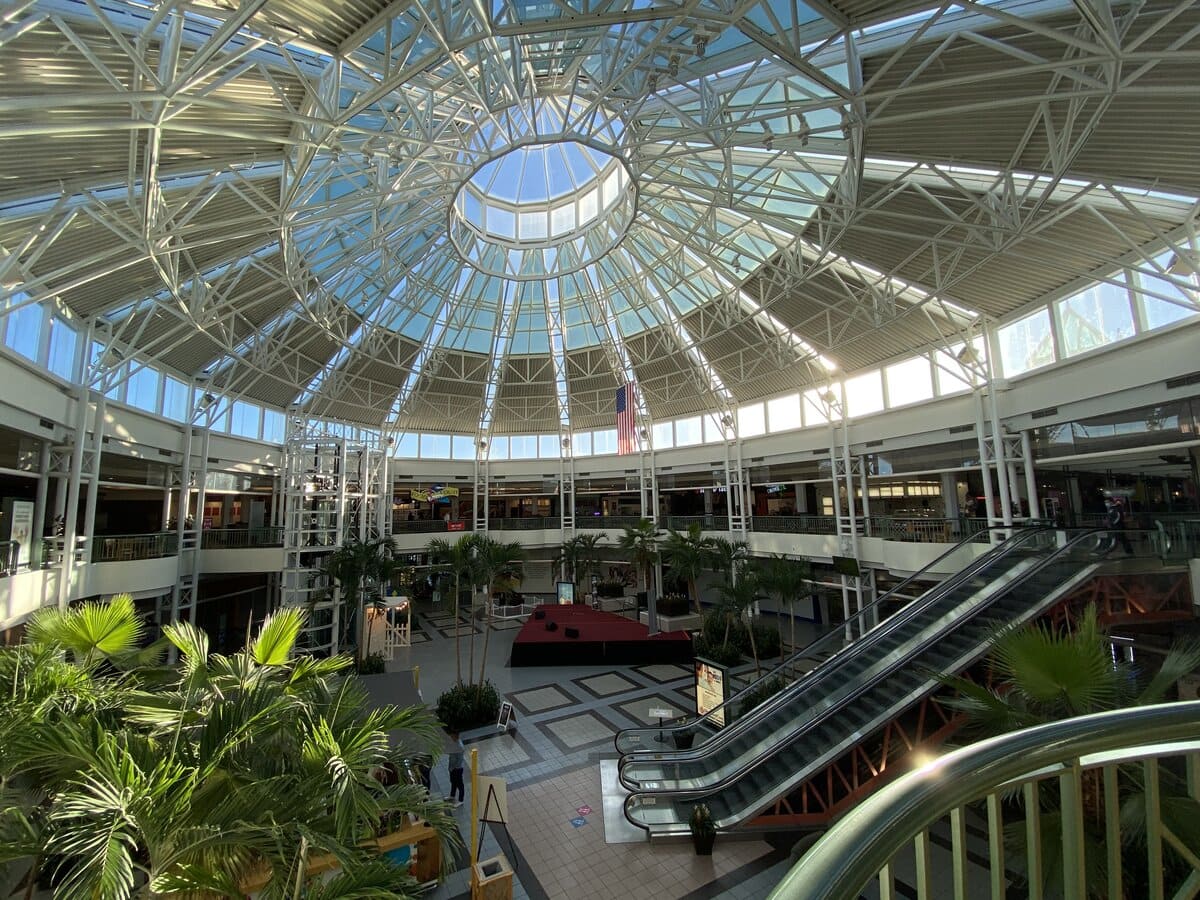
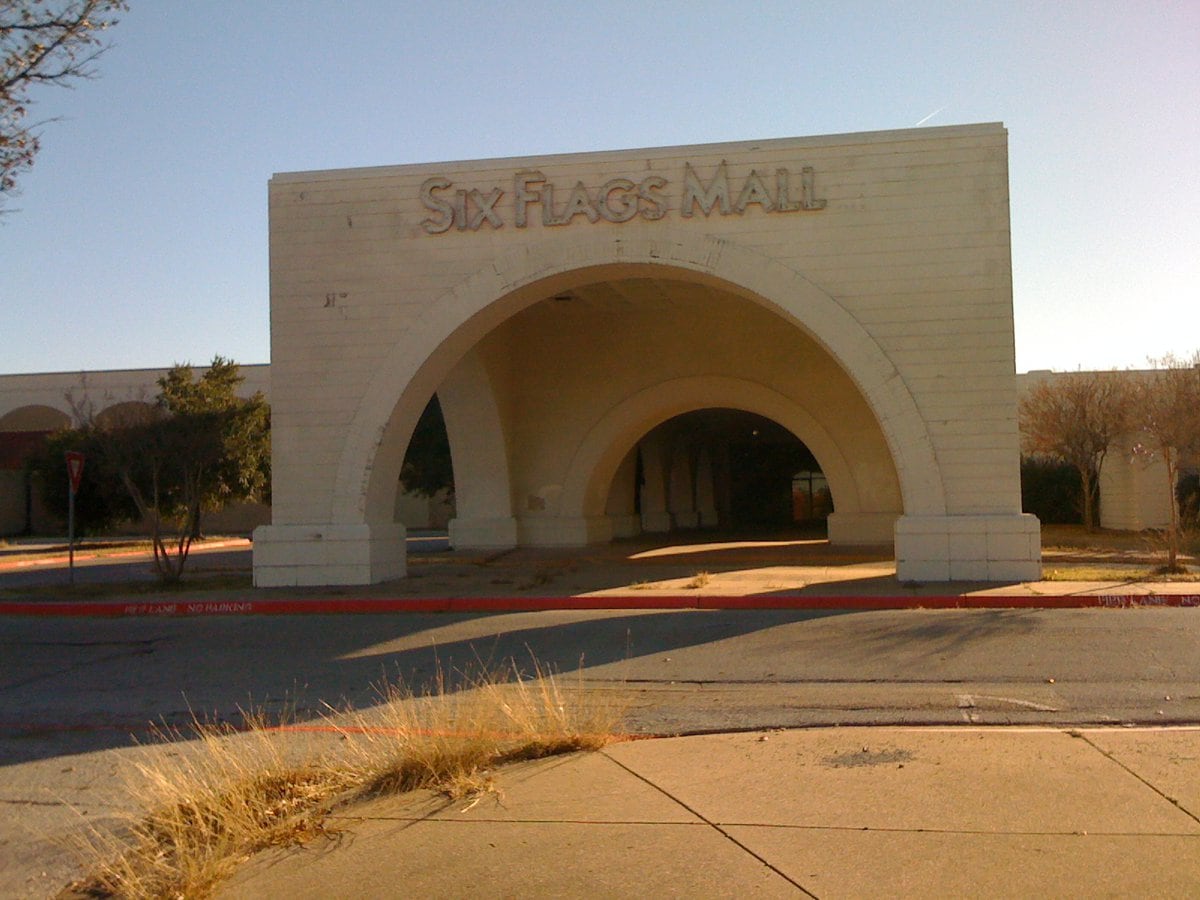
I just love hidden gems and people who are different, kind and have a great Attitude on life.!
Absolutely agreed!
They need to build apartments in there and make it almost like a small enclosed city. All the tenants can shop and buy anything they need there. It would also include a nightlife: bars, pubs and entertainment with live bands. Just my 2cents worth.
The nightlife part is the tricky piece. Apartments and daily-needs retail can work almost anywhere if the numbers pencil out, but bars and live music need the right mix of security, transit access, and consistent foot traffic. Done right, it becomes a third place. Done wrong, it becomes "that one wing everyone avoids after 8 pm."
Need stores that are geared for mature to older customers, and lower merchandise costs. What is hurting these malls and has been for many years is they are geared for young generations.
I get what you mean. A lot of malls chased the "youth" image for years, then acted shocked when older customers - who actually have money and routine shopping habits - stopped feeling like the place was built for them.